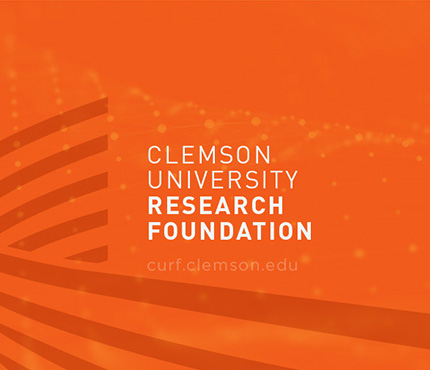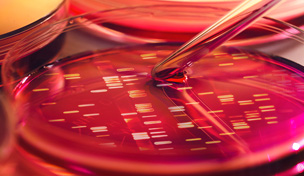Keywords: Drug Discovery, Disease Treatment
Market Overview
These bisbensimidazole derivatives are a new family of modified small molecules that are highly selective and effective in preventing bacterial resistance. The market for antibacterial drugs stood at $43.9 billion in 2014, representing a large market for both animals and humans. New approaches for the discovery of antibacterial drugs and antibacterial coatings are important in the fight against bacterial resistance. Bacterial DNA topoisomerases are one class of enzymes that help in regulating DNA topology and are very good targets for the development of anticancer or antibacterial agents. Clemson University researchers have developed a new family of modified small molecules that include bisbenzimidazole derivatives as antimicrobials and topoisomerase inhibitors. These modified compounds offer several advantages over existing topoisomerase inhibitors, such as being highly selective and effective in preventing antibacterial activity. These compounds therefore are excellent candidates for clinically relevant antibacterial agents.
Dev Arya
2012-076
Applications:
Bioremediation; environmental contaminants
Technical Summary:
Overall, the results show that bisbenzimidazoles are excellent inhibitors of E. coli DNA topoisomerase I and also display good antibacterial activity. Additionally, and more importantly, the E. coli topoisomerase I inhibition is extremely selective as DNA gyrase and mammalian topoisomerases are not inhibited. Clemson University research findings suggest that the ternary complex formed by the bacterial topoisomerase I has distinct sites for small molecule recognition, as compared to those found in DNA gyrase and mammalian topoisomerases, and these differences could be further exploited for antibacterial drug development. Further studies to investigate the mechanism of antibacterial activity and enzyme inhibition are being investigated and will be reported in due course.
Advantages:
• Rendered animal co-products act as electron donors, stimulating microbial respiration of reducible environmental contaminants
• Animal co-products contain lipids plus protein, improving contaminant transformation rates
• Greatly reduces cost of bioremidiation technology, providing a cost-effective way to transform contaminants
• Rendered co-product electron donor cost can be 10-20% of conventional electron donors
Technology Overview
State of Development
Proof of Concept
Patent Type
PCT
Category
Serial Number
PCT/US2014/ 056619
CURF Reference No.
2012-076
Inventors
Dev Arya, Nihar Ranjan, Fenfei Leng
For More Info, Contact:
Interested in this technology?
Contact curf@clemson.edu
Please put technology ID in subject line of email.
Contact
Latest News from CURF
Stay up-to-date with the latest trends in the innovation and research industry. Sign up for our newsletter to see how CURF is making a difference and impacting the economy where we live.









